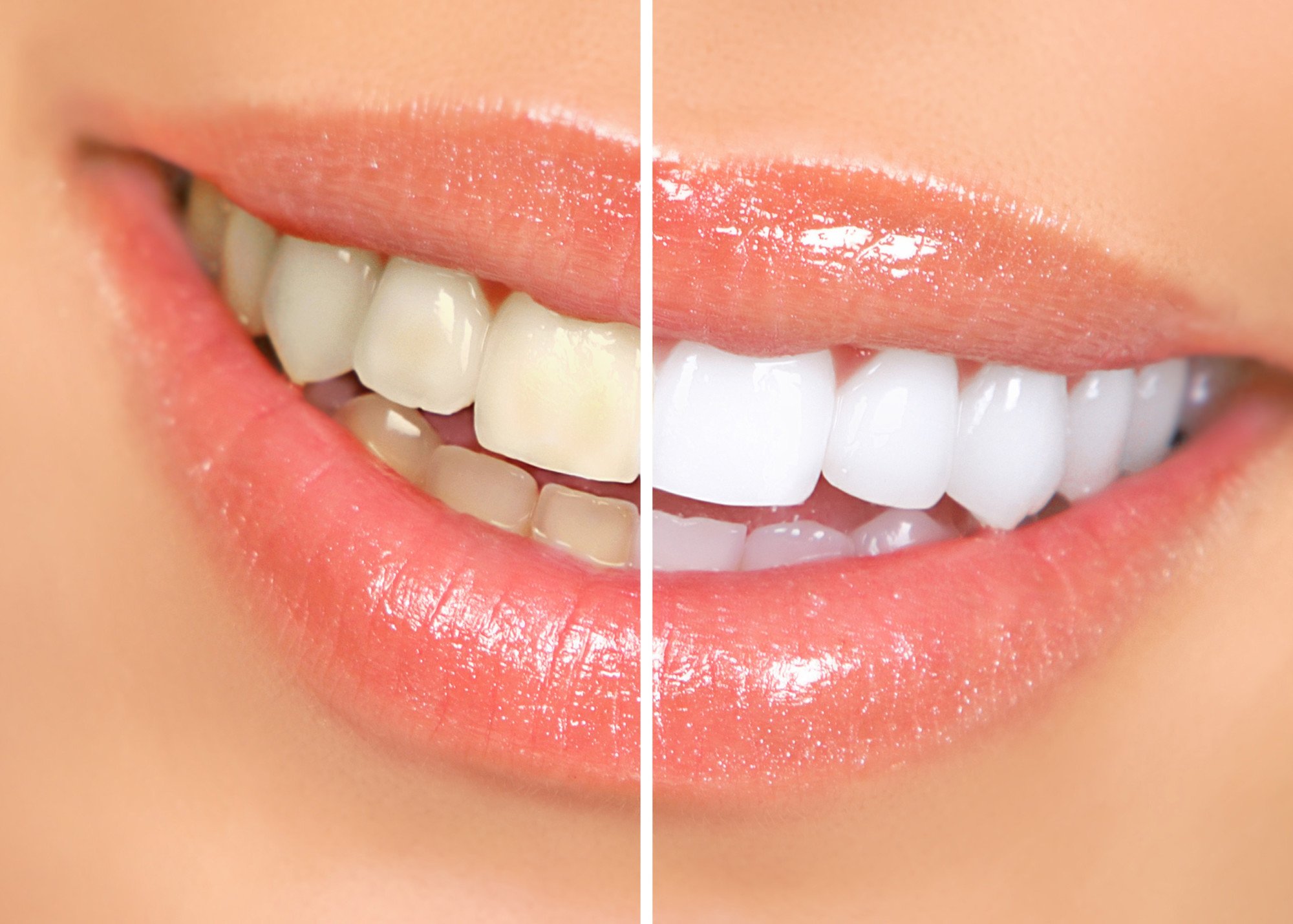Reclaim Your Smile: How to Win the Battle Against Teeth Stains
Your teeth are one of the first parts of your body that people see when they look at your face, so they must look good. If there are teeth stains on your teeth, it can take the shine away from your smile and make you feel self-conscious.
Many people develop temporary teeth stains, but others have problems with permanent teeth stains.

Luckily, there are some tips and tricks you can use to have a perfect smile once more. Read on to discover how to win the battle against different types of teeth stains.
Extrinsic Stains
Extrinsic teeth stains, those caused by certain foods, are the result of the acids and colorings found in these foods breaking down the enamel of your teeth. To prevent these stains, a good oral hygiene routine is key – brush and floss twice a day, see your hygienist every six months for regular cleanings, and brush with a soft-bristled toothbrush.
Regularly eating crunchy fruits and vegetables can also help combat the acid damage these staining foods cause. Reducing your consumption of coffee, tea, soda, dark sauces, and red wines, and avoiding smoking and consuming acidic foods and drinks can also help in defeating extrinsic teeth stains. If you do happen to consume these foods or drinks, a quick rinse with water should help to reduce staining. Many water companies add fluoride in drinking water, so not only will you be rinsing away food particles, you’ll also be adding a protective layer of fluoride that can help to build the strength of your enamel over time.
Intrinsic Stains
Intrinsic teeth stains are a type of discoloration caused by the underlying structure of the teeth, such as when antibiotics cause a grayish hue. To combat this type of teeth discoloration, you should consult your dentist as there are several treatments they can offer.
Fluoride treatments, bleaching, and other professional tooth-whitening options may be beneficial. Additionally, you should look into bonding or crowning to seal any stains.
To keep your teeth from being stained in the future, you should make sure to use abrasive toothpaste and maintain proper oral hygiene. This includes regular brushing and flossing.
Age-Related Stains
As we get older, our bodies produce less saliva, making it easier for bacteria to stick to teeth and discolor them. To combat this, start using an electric toothbrush. The brushing motion works to break down the bacteria, leaving behind a clean surface.
Additionally, it is important to ensure a balanced diet and drink plenty of fluids throughout the day. This helps you rid the teeth of bacteria. Eat foods such as:
- bananas
- strawberries
- apples
- carrots
These all have natural whitening properties and enough bacteria-fighting properties to remove many types of plaque.
Tetracycline Stains
If you have been struggling with unsightly tetracycline stains, the first thing you should do is seek professional advice. Your dentist can provide advice on the best ways to remove the tetracycline stains and restore your beautiful smile.
Depending on the nature of the stain, your dentist may recommend a professional whitening treatment or a combination of professional whitening and at-home whitening. Professional whitening treatments are typically in-office bleaching. These can lighten the surface layer of your teeth while at-home whitening can reduce the discoloration over time.
Fluorosis Stains
Fluorosis stains are a common problem that can occur when too much fluoride is consumed by children during their formative years. These stains can be very difficult to remove and can impact the whiteness of a person’s teeth.
One way to deal with this is to use toothpaste that is fluoride-free or low in fluoride to help reduce the intensity of the stains. You can consult with a dental professional about more treatments, such as whitening agents. You can also choose between veneers vs implants, to help restore the brightness of your teeth.
Veneers can be very effective because they are made to fit over your existing teeth, without needing to remove them. This makes veneers a viable option for those who want to restore their smile without undergoing expensive and invasive procedures such as dental implants.
With veneers, your teeth can be quickly and safely restored to their original color and shape. However, if your teeth have been severely damaged, dental implants might be the better option.
Implants are more permanent and reliable but will require surgery and an additional healing period. Ultimately, the decision between veneers or implants is a personal one and should be discussed with your dentist.
Trauma-Related Stains
Trauma-related stains on teeth can often be a major challenge to restore because they are caused by an internal injury to the tooth. Trauma-related stains can be difficult to cover up because the enamel has usually been damaged in some way.
To improve your smile, you may consider:
- bondings
- porcelain veneers
- dermal fillers
These are options that can be used to cover the trauma-related stains. Professional teeth whitening might also help to reduce the discoloration.
Genetic Stains
Genetic stains are those pesky, persistent stains that can be tricky to get rid of or improve with traditional teeth whitening. It’s important to understand that genetics can affect the level of staining that a person is prone to, so it’s important to understand your genetic makeup when it comes to teeth stains.
If someone has highly pigmented teeth due to a higher likelihood of having genetic stains, they should not expect to see drastic whitening results from typical teeth whitening products.
Professional treatments such as porcelain veneers or dental bonding can help to cover up genetic stains. However, it is best to seek advice from a qualified dentist to decide the best method to achieve a more uniform and brighter smile.
Stains from Poor Oral Hygiene
Poor oral hygiene can lead to several nasty teeth stains. Regular visits to the dentist will help you to keep your teeth healthy and free from stains. Utilize fluoride toothpaste and mouthwash to help remove bacteria and plaque.
Fluoride will also help to strengthen your teeth and defend them against decay. Tooth whitening strips or treatments may also be used to reduce staining. Products like Pola Gels UK, which are designed for professional and at-home teeth whitening, can be an effective option to help brighten your smile. Again, be sure to stay away from certain acidic and sugary foods and drinks and consider reducing or eliminating coffee and red wine intake as well.
Discover Different Types of Teeth Stains and Fixes
By using a combination of whitening treatments, diligent oral hygiene, and dietary changes, you can reclaim your smile with confidence. Don’t be afraid to try something new – it only takes a few small changes to make a difference.
Talk to your dentist today to see which types of teeth stains you are dealing with and which treatment options are right for you!
Should you wish to explore more topics, visit our blog.


